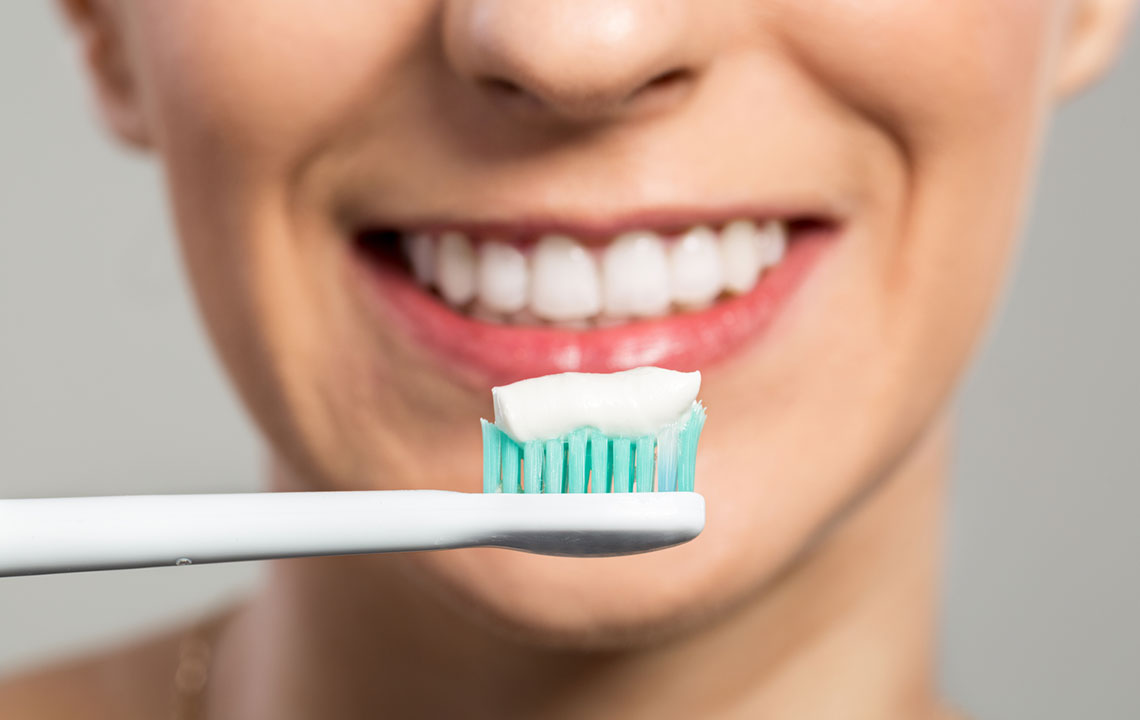All You Need to Know about Teeth Whitening
Yellowing of the teeth and other oral health issues are the reasons to deteriorate the health of your pearly white teeth. Therefore, people opt for teeth whitening, a bleaching procedure that brings back the whiteness of the teeth. As stained teeth can dull someone’s smile, getting them whitened can help one get their attractive smile back and boost their confidence. Whiter teeth have also been linked to better oral health as a professional teeth whitening procedure can strengthen the teeth making them healthier.

While teeth whitening is not harmful to oral health, it is not recommended to people who have any sort of fabrication or restorations in their front-facing teeth. This includes dental crowns, dental bonding, and porcelain veneers as these materials don’t react to bleaching compounds.
Causes of teeth staining or yellowing
Yellowing of teeth is just as normal as greying of hair. The part that becomes yellow in teeth is the dentin and not the enamel. As people age, the new growth of dentin is darker, which is visible only when the enamel is thinner. The enamel is the outer layer of the teeth that gets thinner due to wear and tear, exposure to certain foods and drinks, and grinding.
Although aging is the predominant reason behind darker dentin and teeth yellowing, there are few other reasons as well.
- Taking certain antibiotics at a certain age can result in discolored teeth
- Falling or hitting a tooth can cause that tooth to appear discolored
- Exposing oneself to too much fluoride
- Amelogenesis imperfecta – a rare dental disorder
- Genetics
- Silver fillings
There are a few other causes of stained enamel such as drinking too much tea and coffee, smoking, drinking alcohol, poor dental hygiene, and consuming certain acidic food and drinks.
Teeth whitening processes
As there are several reasons people experience discoloration, yellowing or staining of teeth, they often opt for one of the teeth whitening procedures. There are essentially four main ways one can achieve white teeth.
- In-office bleaching
This procedure is performed in a dental clinic and is completed within two hours. It is a relatively expensive procedure but it shows faster results compared to the other procedures. - Teeth whitening gels and trays
Using teeth whitening trays and gels bring out the desired result but take time as opposed to in-office bleaching. Depending on the concentration of one of the ingredients, i.e. peroxide—present in gels, one needs to apply it for a couple of hours or overnight for a few weeks before they see results. - One can buy teeth whitening trays and gels from a dentist or simply from the counter. The ones bought from a dentist often contain strong peroxide which results in faster and more effective results. These teeth whitening gels and trays are also custom made, which gives a better result as compared to the kits bought over-the-counter.
- Teeth whitening strips
Teeth whitening strips are inexpensive and available in most drug stores across the nation. Results from teeth whitening strips are also dependent on the concentration of the peroxide in them. - Teeth whitening toothpastes
These whitening toothpastes often contain surface stain removing abrasives that make these toothpastes effective in whitening the teeth along with polishing them.
Possible risks of teeth whitening
Teeth whitening has fewer risks and side effects and the most predominant ones are tooth sensitivity and irritation in the gums.
- Tooth sensitivity
Teeth often become sensitive post a tooth whitening treatment as causes an exposure to the dentin layer. This also indicates that those who already have tooth sensitivity should discuss it with their doctor before starting the whitening process. - Soft tissue irritation
This issue occurs due to chemical burn that is caused when the whitening solution is exposed to the gum tissues during the treatment. In chemical burn, the gums appear white as soon as they come in contact with the whitening solution. It does not take much time to get the gums to return to their normal appearance after being exposed to the whitening solution. Prolonged gum exposure to teeth whitening gels or solutions can cause inflammation and redness. In some cases, this can also cause bleeding and pain. - Undesirable results
Apart from the previous two risks, another risk can include not receiving the desired results post a whitening procedure. This is often the case when one has heavy staining or internal tooth discoloration. Also, getting teeth whitening done frequently can cause the teeth to appear grey and translucent.
Teeth whitening is generally a harmless process, but doing it right gives the best results. An important thing to remember before a whitening procedure is that one must have healthy teeth that are free from exposed roots, cavities, gum recession, and other dental problems. It is also important to know that whitening does not provide permanent results as yellowing is a natural process; therefore, one might have to get it done again after 6 months or 2 years.




